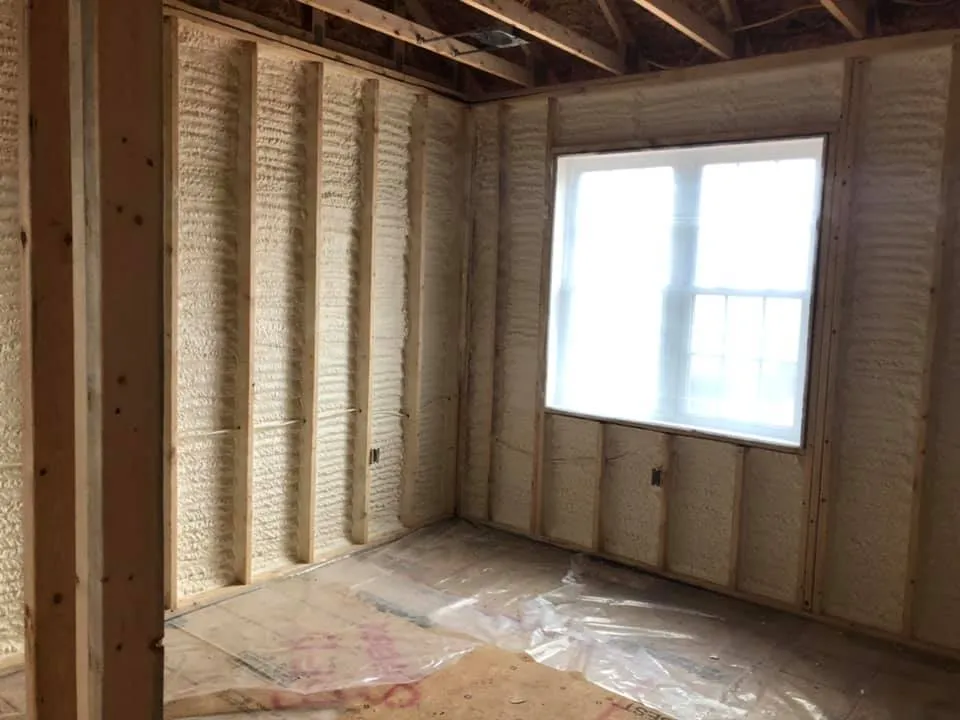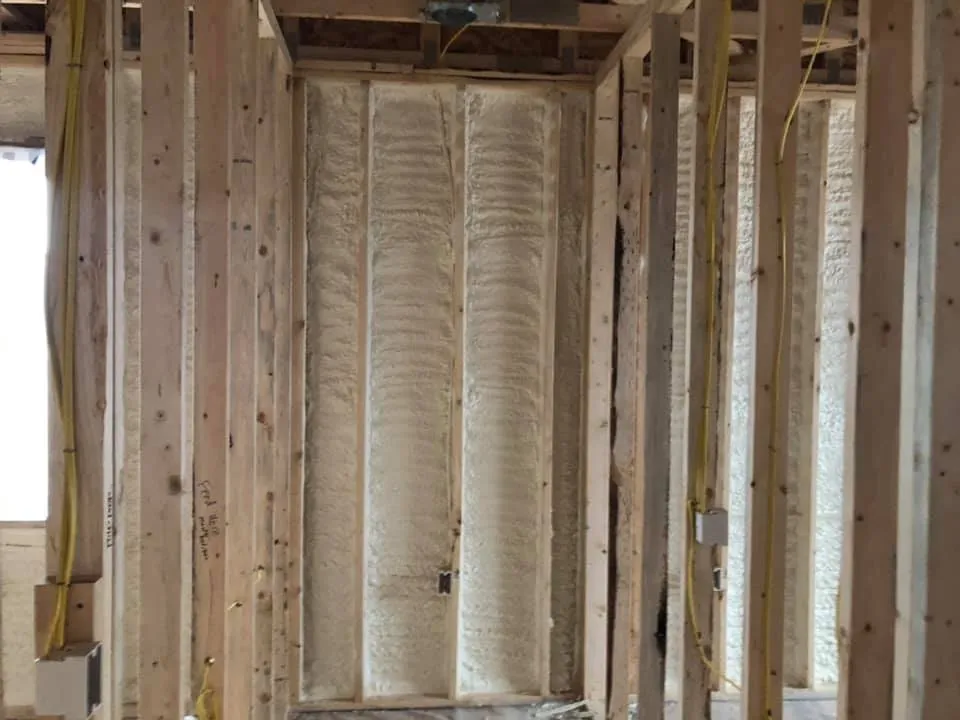
Spray foam insulation is the preferred option for residential buildings in Lancaster because it provides superior air sealing, thermal performance, and moisture resistance compared to traditional materials. Homes in Lancaster experience variable weather conditions, including humid summers and cold winters, making insulation performance a critical factor in maintaining energy efficiency and indoor comfort.
Closed-cell and open-cell spray foam outperform fiberglass and cellulose in key areas such as R-value, longevity, and air barrier capability. These benefits translate into lower heating and cooling costs, reduced strain on HVAC systems, and more consistent indoor temperatures. This article explains the practical advantages of spray foam, compares insulation options in structured tables, and shares region-specific insights from direct field experience.
| Feature | Closed-Cell Spray Foam | Open-Cell Spray Foam | Blown-In Fiberglass |
|---|---|---|---|
| R-Value per Inch | 6.0 to 7.5 | 3.5 to 4.0 | 2.2 to 2.7 |
| Air Barrier | Yes | Yes | No |
| Water Resistance | High | Low | Low |
| Structural Support | Yes | No | No |
| Application Thickness | Thin | Thick | Thick |
| Lifespan (Years) | 30+ | 20+ | 10-15 |
| Sound Dampening | Moderate | High | Moderate |
| Lancaster Climate Suitability | Excellent | Good | Poor |
Bonus Tip: In older Lancaster homes with irregular framing or penetrations, spray foam fills gaps more effectively than batt or loose-fill insulation.
| Characteristic | Closed-Cell SPF | Open-Cell SPF |
|---|---|---|
| Density | ~2.0 lb/ft³ | ~0.5 lb/ft³ |
| Expansion Ratio | 30:1 | 100:1 |
| Vapor Permeability (perm) | <1.0 (semi-impermeable) | >10 (permeable) |
| Air Leakage (ASTM E283) | <0.02 L/s·m² | <0.02 L/s·m² |
| Application Temperature Range | 40°F to 120°F | 40°F to 120°F |
| Flame Spread Rating (ASTM E84) | <25 | <25 |
Lancaster’s mix of high summer humidity and winter freeze-thaw cycles puts insulation to the test. Closed-cell spray foam, with its low vapor permeability and high R-value, resists moisture intrusion and maintains thermal integrity throughout the year. Open-cell foam offers sound insulation benefits and works well in interior walls and rooflines when combined with vapor retarders.
Inspections on retrofitted homes in the region reveal a 25% to 40% drop in monthly utility costs after switching to spray foam. This aligns with findings from the U.S. Department of Energy, which cites air leakage as responsible for up to 40% of energy loss in buildings (DOE, 2023).
Bonus Tip: Attic encapsulation using closed-cell spray foam is highly effective in Lancaster homes where moisture buildup in vented attics leads to mold issues.

Spray foam offers superior air sealing, reducing HVAC load and increasing savings over time. Fiberglass does not prevent air movement.
Closed-cell is better for exterior walls in Lancaster because it adds structural strength and resists moisture.
Open-cell spray foam provides effective sound absorption for interior partitions and ceilings.
Yes, professional-grade foam products can be applied in temperatures as low as 40°F with proper surface prep.
Ohio Valley Spray Foam provides high-performance insulation solutions backed by direct field experience across Lancaster and surrounding areas. For accurate recommendations based on your home type and location:
Phone: (740) 373-3626
Email: [email protected]
Spray foam can last over 30 years when installed correctly and protected from UV exposure and physical damage.
Yes, it can be applied in retrofits by accessing wall cavities or applying it to attics and crawl spaces without major demolition.
Closed-cell spray foam resists moisture intrusion. Proper installation includes assessment of vapor drive and drainage needs.
Spray foam reduces energy use but requires petrochemical inputs. Modern products use low-GWP blowing agents to reduce impact.
In many cases, yes. Improved energy ratings and comfort levels appeal to buyers in Lancaster’s housing market.